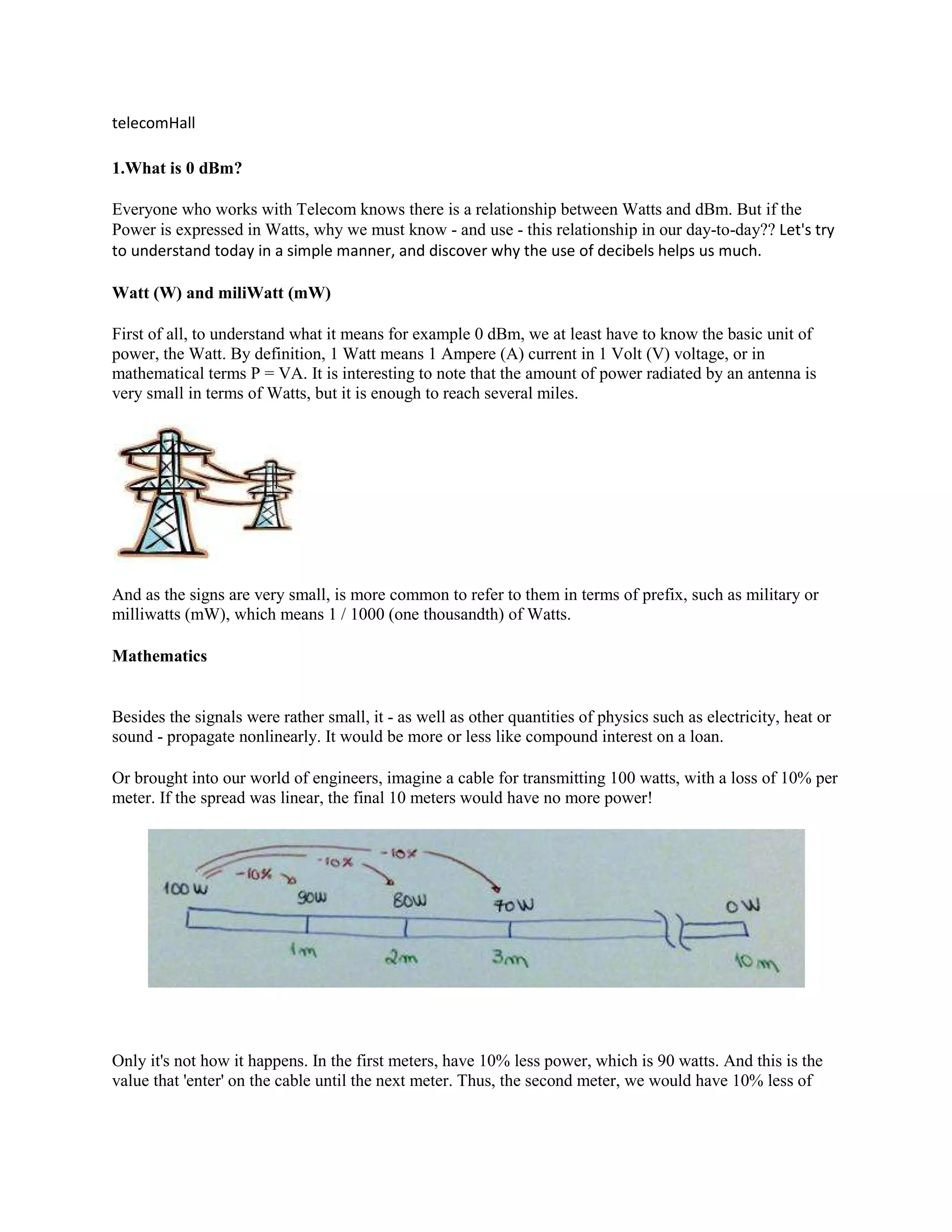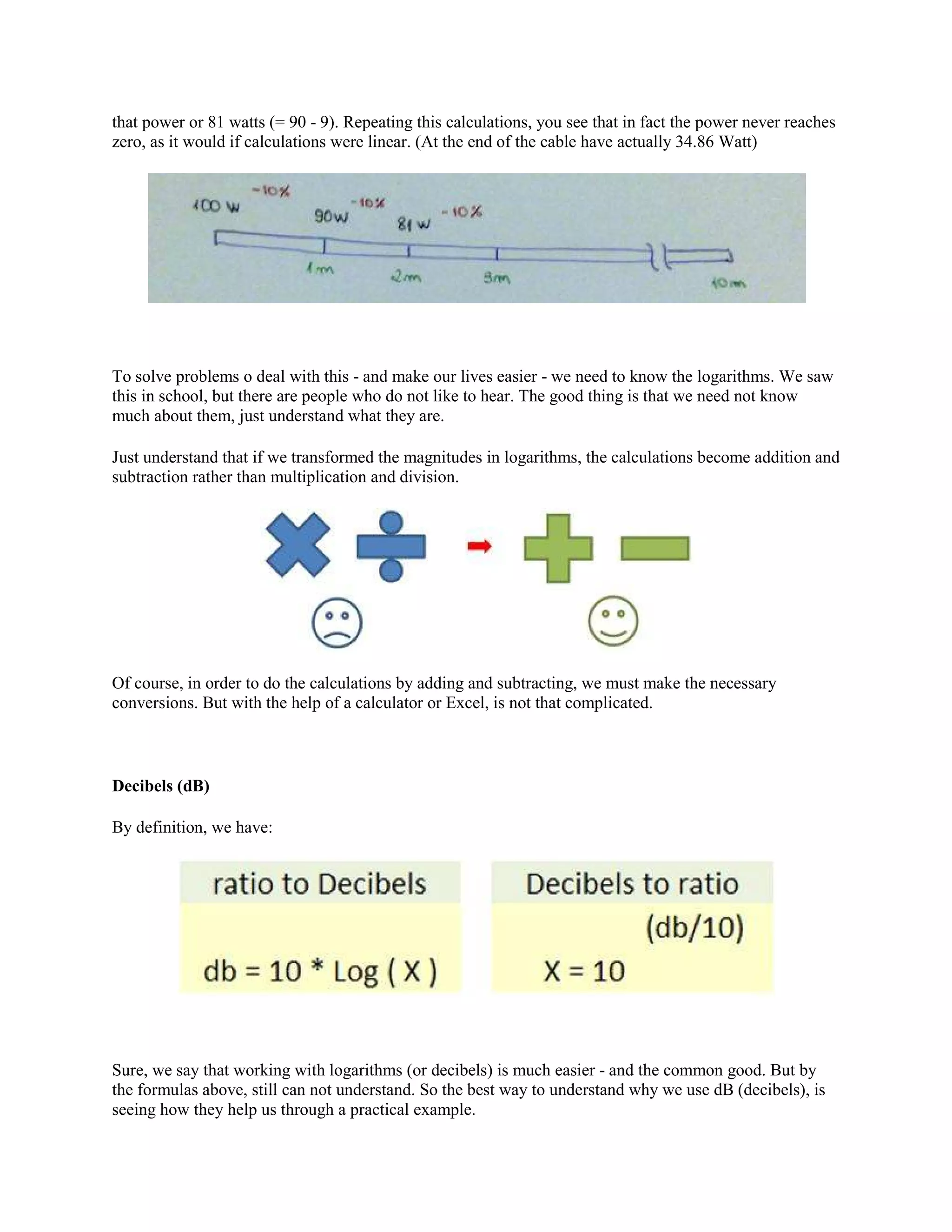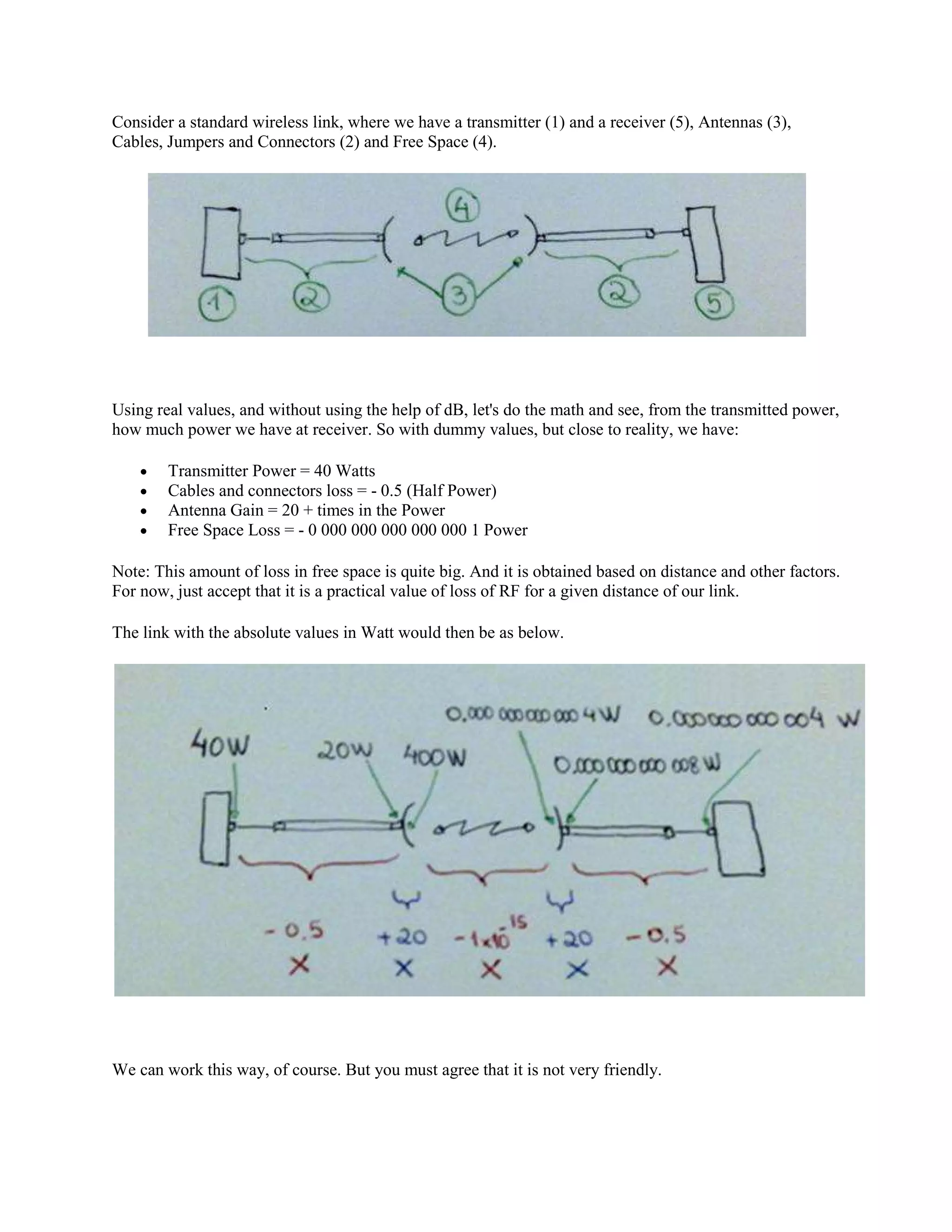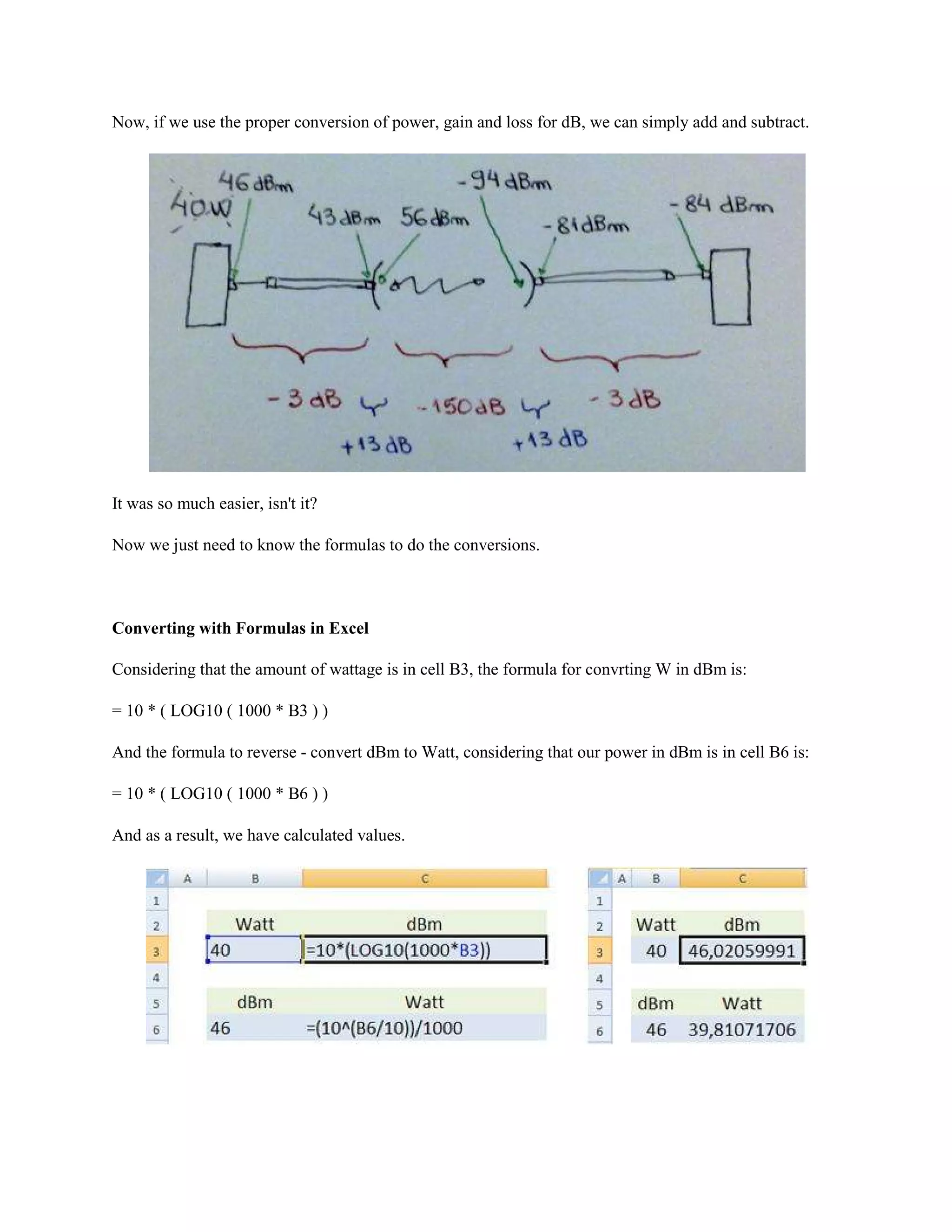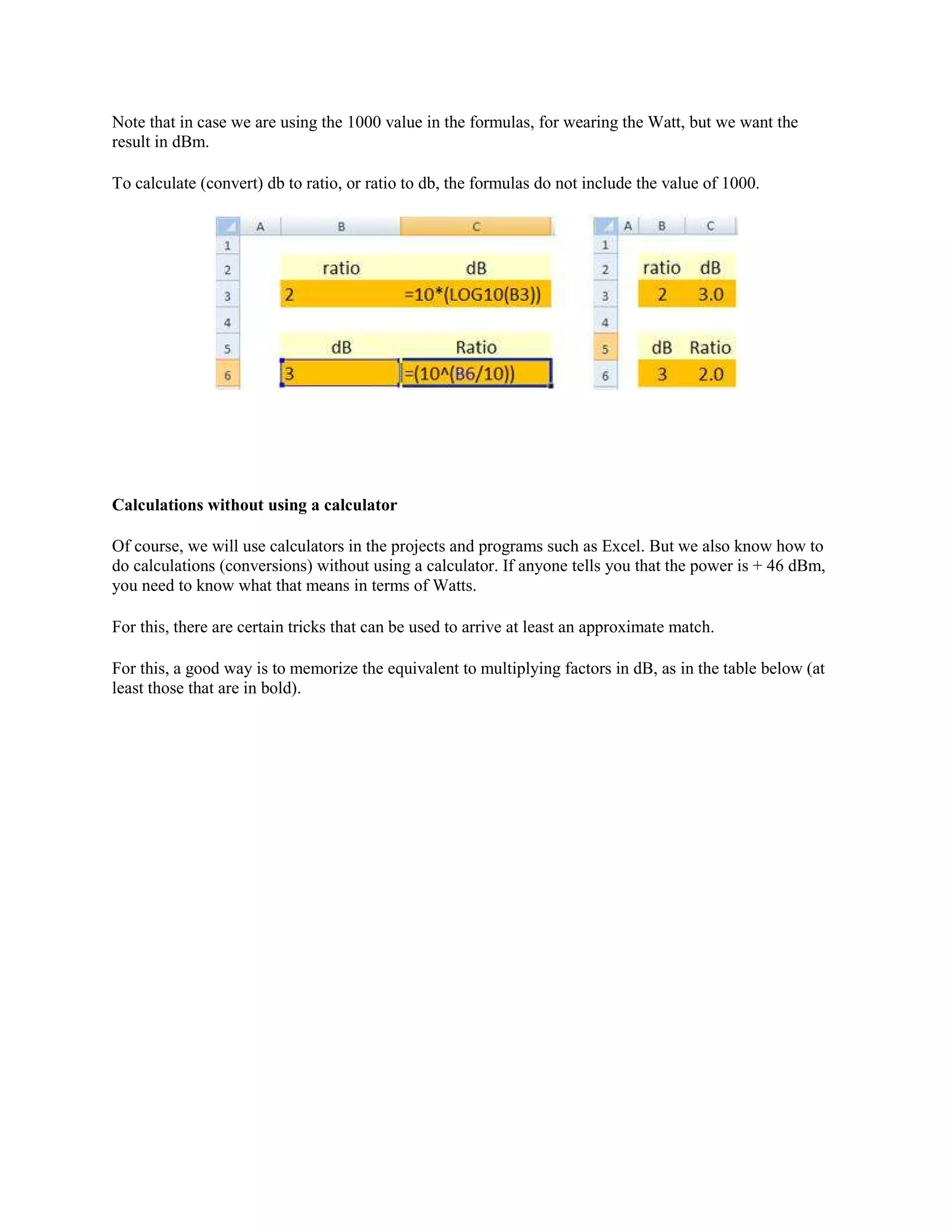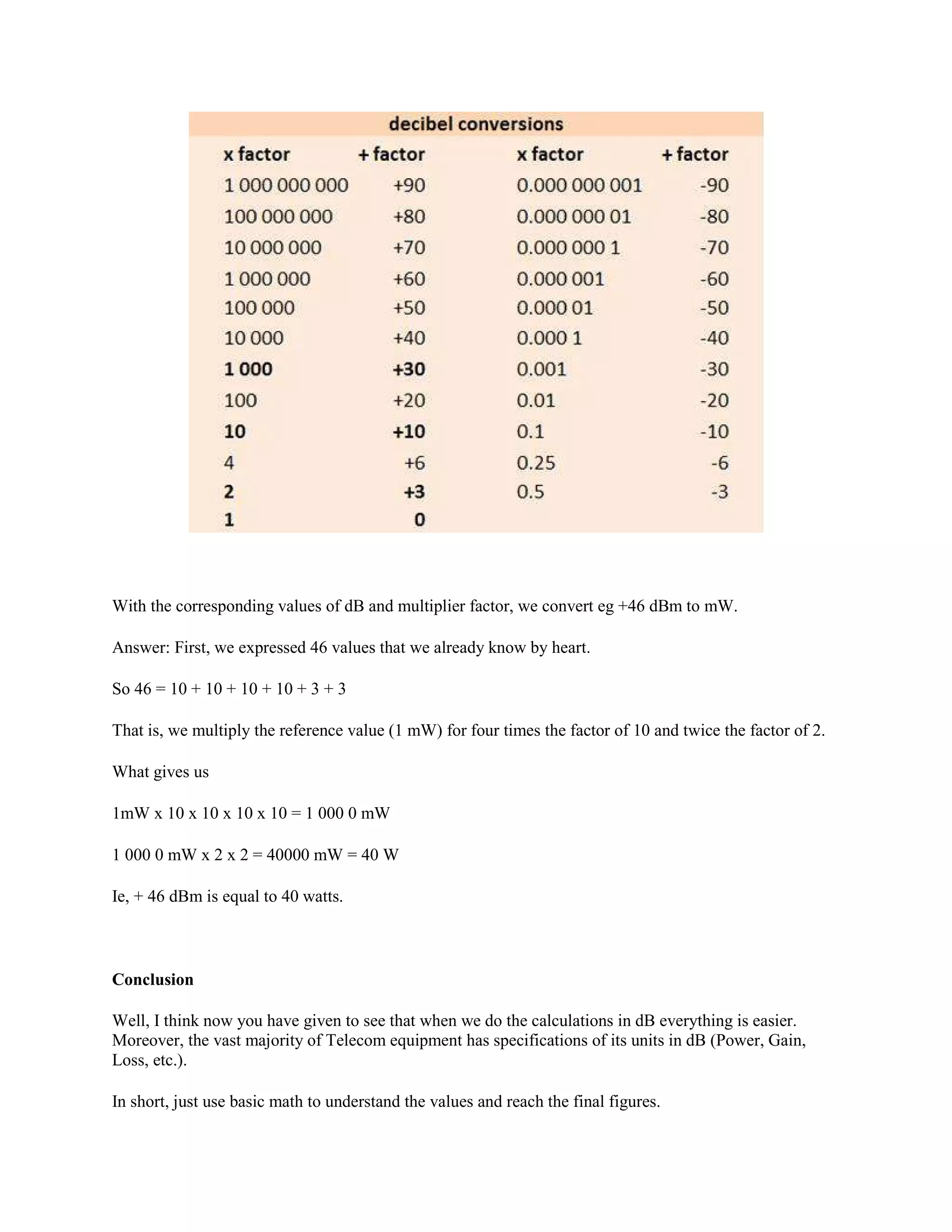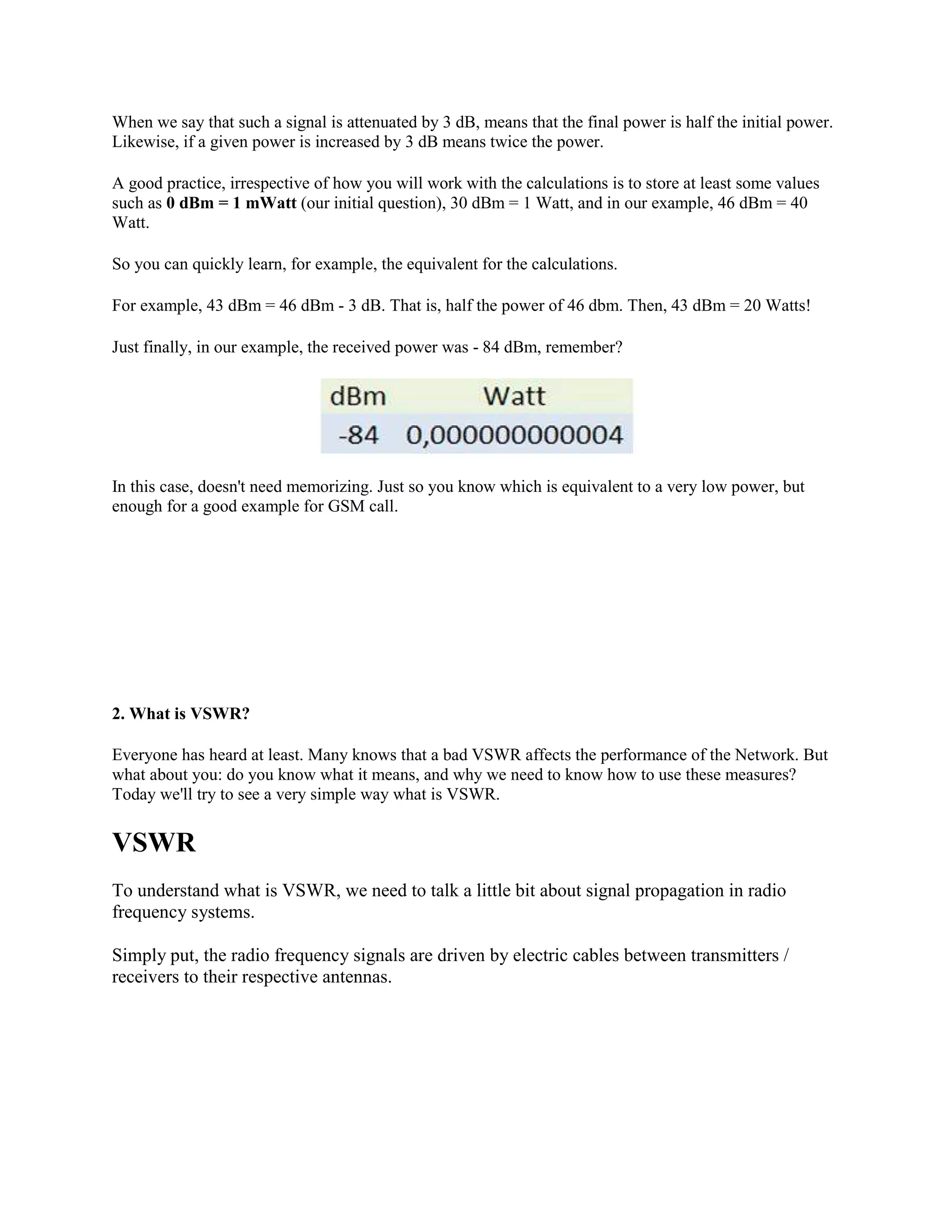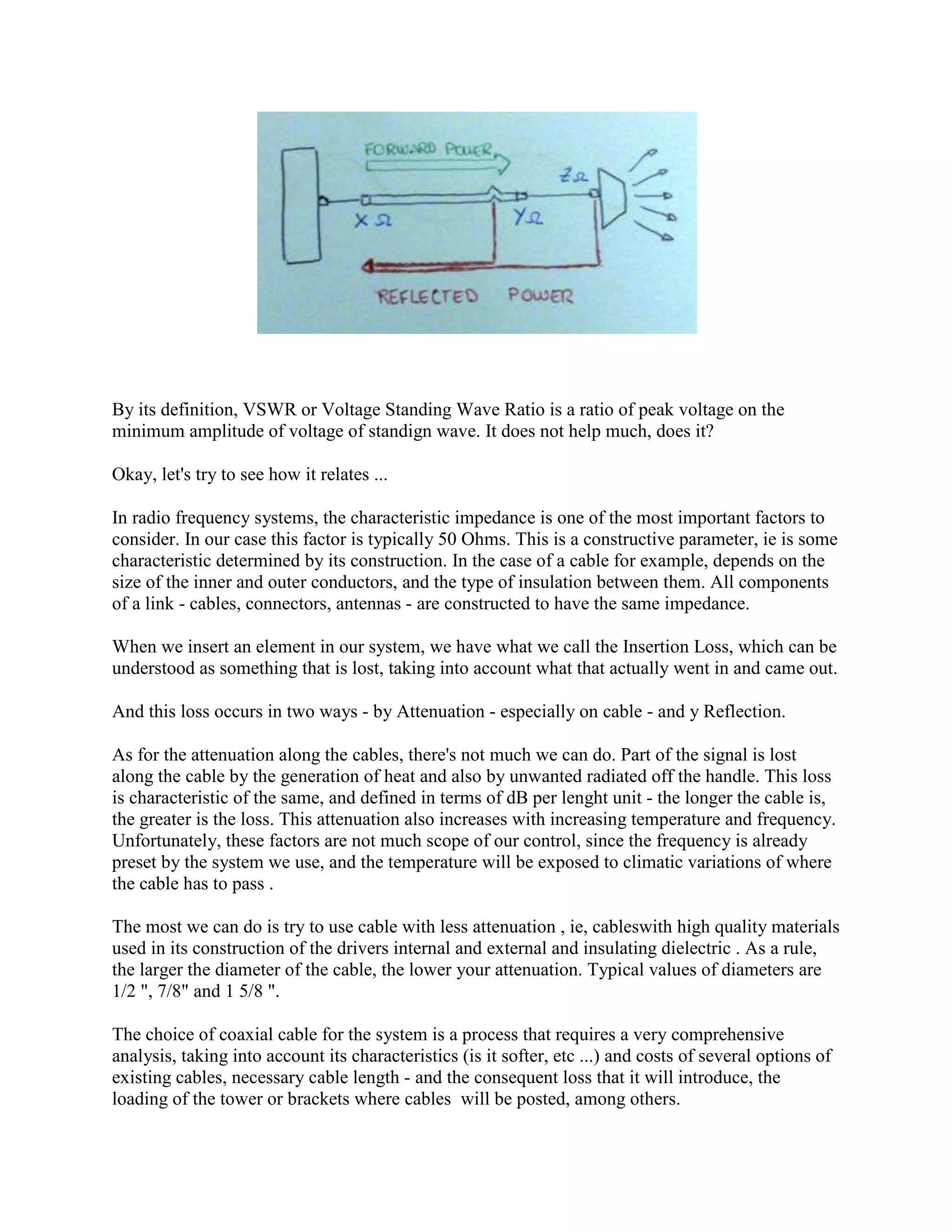VSWR (Voltage Standing Wave Ratio) measures the impedance match between components in a radio frequency system. It is the ratio of the maximum voltage to the minimum voltage of a standing wave in the system. A VSWR of 1:1 indicates a perfect match between components, meaning all power reaches its destination with no reflection or loss. Higher VSWR values indicate a mismatch, causing some of the signal to reflect rather than transmitting down the line, representing power lost from the system. Properly selecting cables and ensuring components have the same characteristic impedance, usually 50 ohms, helps minimize VSWR and maximize power transmission efficiency in radio systems.
